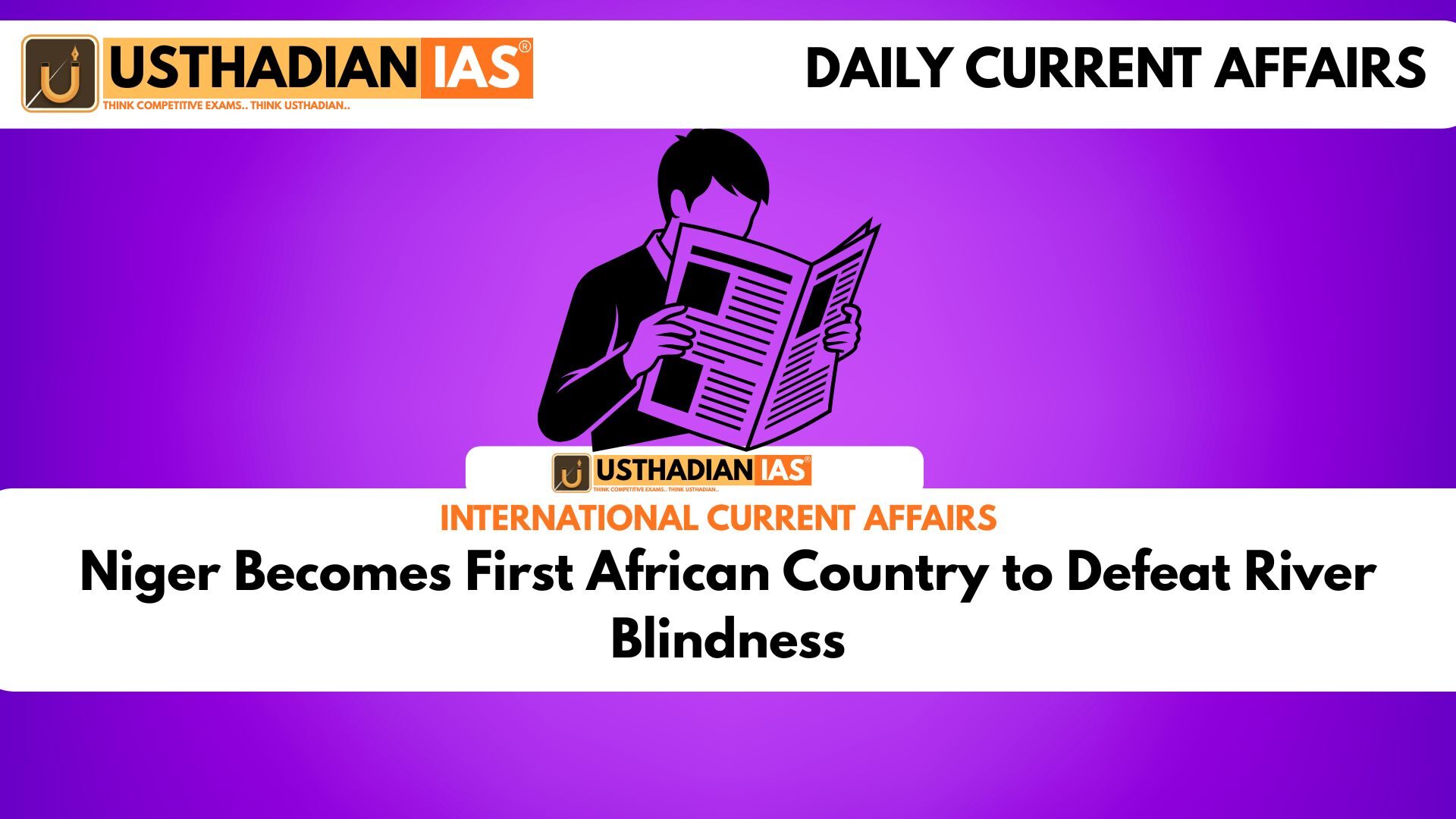A Historic Public Health Victory for Africa
Niger Becomes First African Country to Defeat River Blindness: In a monumental achievement, the World Health Organization (WHO) officially declared on January 30, 2025, that Niger has successfully eliminated river blindness (onchocerciasis) as a public health concern. This milestone marks Niger as the first country in Africa to achieve such a feat, symbolizing the power of long-term public health initiatives, international cooperation, and community-driven care in tackling neglected tropical diseases.
Understanding River Blindness
Onchocerciasis, widely known as river blindness, is caused by the parasitic worm Onchocerca volvulus, which is spread through the bite of infected blackflies. These flies typically breed near fast-flowing rivers and streams, putting rural and riverine communities at heightened risk. Infected individuals experience severe itching, skin discoloration, and in advanced stages, irreversible blindness, making it the second most common infectious cause of blindness globally. The disease has historically had devastating social and economic effects in rural African regions.
Niger’s 50-Year Journey to Elimination
Niger began its anti-onchocerciasis efforts in 1976 through the Onchocerciasis Control Programme (OCP) led by WHO. The initial phase focused on aerial insecticide spraying to control the blackfly population. The real breakthrough, however, came with the mass administration of Ivermectin, a powerful anti-parasitic drug donated by Merck & Co. in a global philanthropic effort.
By 1995, the strategy evolved into community-directed treatment under the African Programme for Onchocerciasis Control (APOC), empowering locals to oversee drug distribution. This decentralized approach proved highly effective. Over time, infection rates fell dramatically—from 60% in 1976 to just 0.02% by 2014, paving the way for WHO certification of elimination in 2025.
Global and Continental Implications
Niger’s success offers a replicable blueprint for countries still battling river blindness, including Nigeria, Cameroon, and the Democratic Republic of Congo. The achievement underscores the importance of scientific innovation, grassroots participation, and international collaboration. With WHO’s validation, Niger’s role as a leader in public health governance is now globally recognized, encouraging further progress across Africa and beyond.
Static GK Snapshot: Onchocerciasis & Elimination Efforts
| Fact | Details |
| Disease Name | Onchocerciasis (River Blindness) |
| First African Country to Eliminate It | Niger (2025) |
| Vector Responsible | Infected Blackfly |
| Elimination Strategy | Ivermectin Mass Treatment + Aerial Insecticide |
| Drug Donor | Merck & Co. |
| Global Elimination Peers | Colombia, Ecuador, Guatemala, Mexico |
| WHO Programme Timeline | OCP – 1976; APOC – 1995 |








